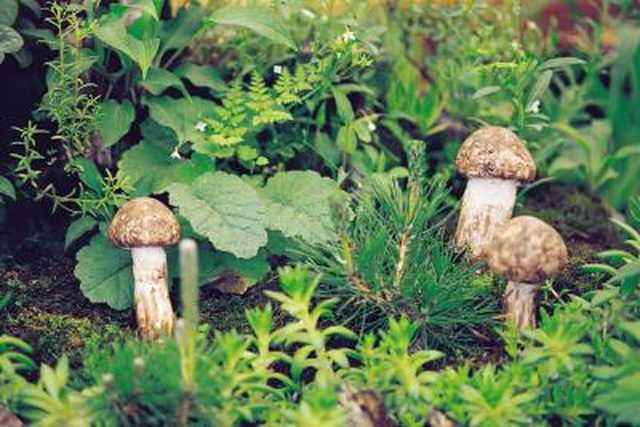Bulbs
Flower Basics
Flower Beds & Specialty Gardens
Flower Garden
Garden Furniture
Garden Gnomes
Garden Seeds
Garden Sheds
Garden Statues
Garden Tools & Supplies
Gardening Basics
Green & Organic
Groundcovers & Vines
Growing Annuals
Growing Basil
Growing Beans
Growing Berries
Growing Blueberries
Growing Cactus
Growing Corn
Growing Cotton
Growing Edibles
Growing Flowers
Growing Garlic
Growing Grapes
Growing Grass
Growing Herbs
Growing Jasmine
Growing Mint
Growing Mushrooms
Orchids
Growing Peanuts
Growing Perennials
Growing Plants
Growing Rosemary
Growing Roses
Growing Strawberries
Growing Sunflowers
Growing Thyme
Growing Tomatoes
Growing Tulips
Growing Vegetables
Herb Basics
Herb Garden
Indoor Growing
Landscaping Basics
Landscaping Patios
Landscaping Plants
Landscaping Shrubs
Landscaping Trees
Landscaping Walks & Pathways
Lawn Basics
Lawn Maintenance
Lawn Mowers
Lawn Ornaments
Lawn Planting
Lawn Tools
Outdoor Growing
Overall Landscape Planning
Pests, Weeds & Problems
Plant Basics
Rock Garden
Rose Garden
Shrubs
Soil
Specialty Gardens
Trees
Vegetable Garden
Yard Maintenance
How to Transplant Mushrooms
How to Transplant Mushrooms. Mushrooms are not actually complete plants but the flowering part of a mycelium, a type of fungus that forms colonies and feeds on decaying matter. The reliable way to move these primitive plants is to spawn and infuse them, using a process that corresponds to some extent to vegetative reproduction. Bill Blakaitis,...

Mushrooms are not actually complete plants but the flowering part of a mycelium, a type of fungus that forms colonies and feeds on decaying matter. The reliable way to move these primitive plants is to spawn and infuse them, using a process that corresponds to some extent to vegetative reproduction. Bill Blakaitis, founder of the Mid-Hudson Mycological Society, offers a less complex process for transplanting compost-loving mushrooms that depends in large part on luck for success.
Things You'll Need
Hardwood leaves
Well-rotted manure
Hand trowel
Plastic bag
Start a leaf compost pile the autumn before you plan to transplant your mushrooms. Locate your compost pile in the shade, preferably under low-growing trees. Use leaves from hardwood trees such as oaks, elms and maples.
Supplement your compost pile with well-rotted manure to introduce extra nitrogen and keep it moist, not wet.
Locate compost-loving mushrooms such as spring Morchella esculenta (Morels), autumn Lepista nuda (Blewits) or Stropharia rugoso-annulata (wine caps) that have been grown in a kit or that grow wild in your area. Find mushrooms that are just beginning to bloom.
Dig straight down around the mushrooms to raise a clump. Lift at least 6 inches of earth to capture the little filaments called hyphae that are the actual fungi that send up the blooms.
Put the clump in a large plastic bag, mushrooms included. Keep the contents moist as you carry the colony to its new home. Do not seal the bag because the temperature of the compost will begin to rise, killing the hyphae.
Open a space near the edge of your compost pile. Scrape up a bit of earth and turn out the colony onto the earth.
Re-cover the colony with compost. You may find mushrooms growing next spring or fall, depending on species.